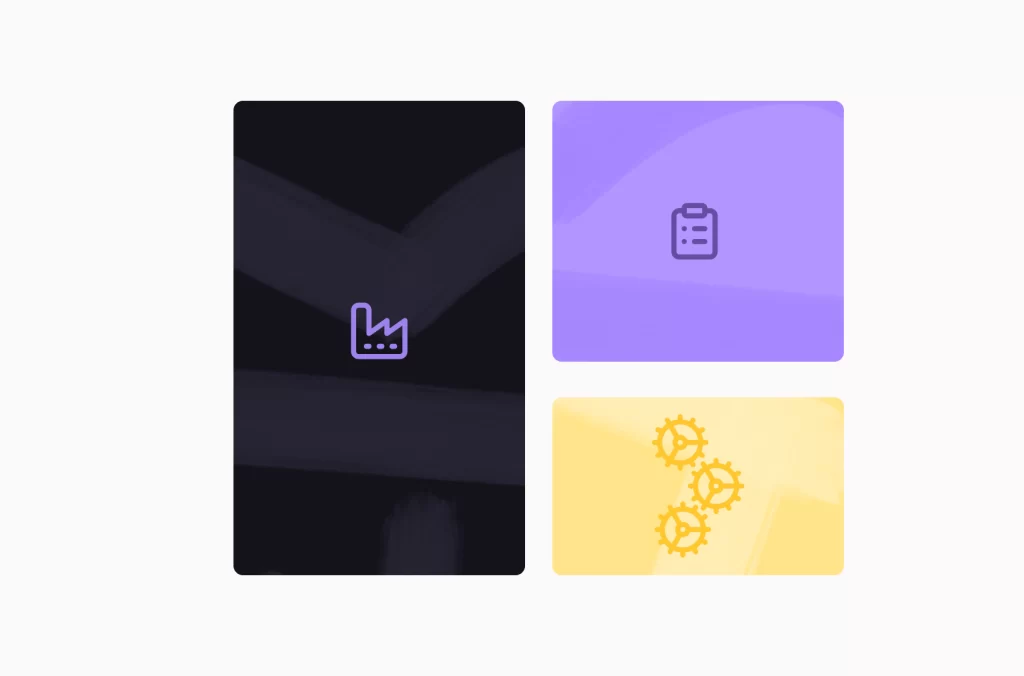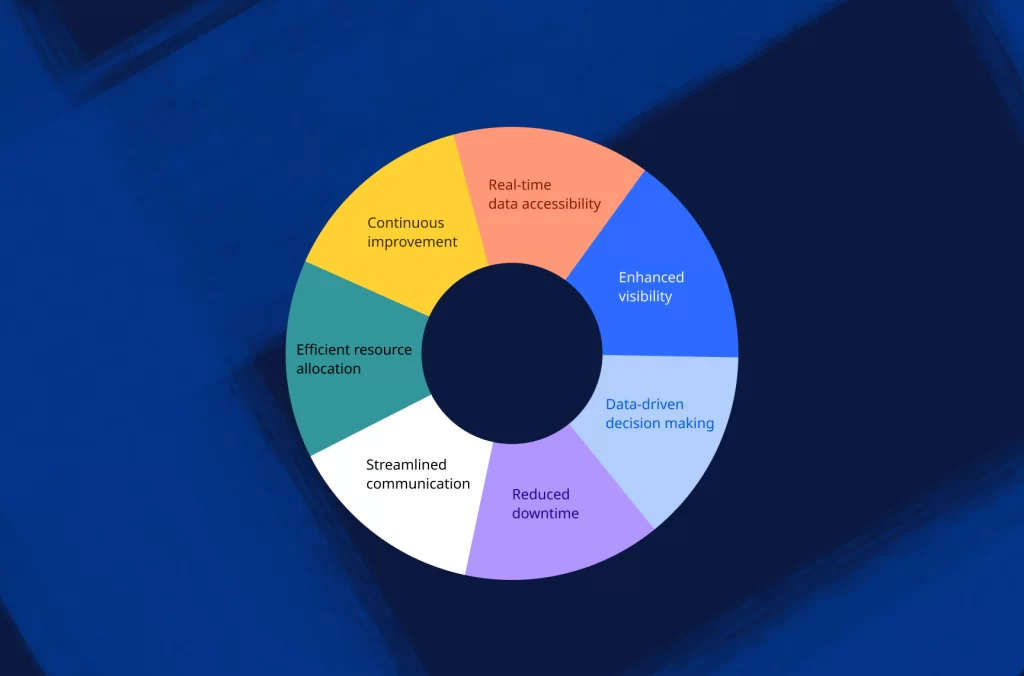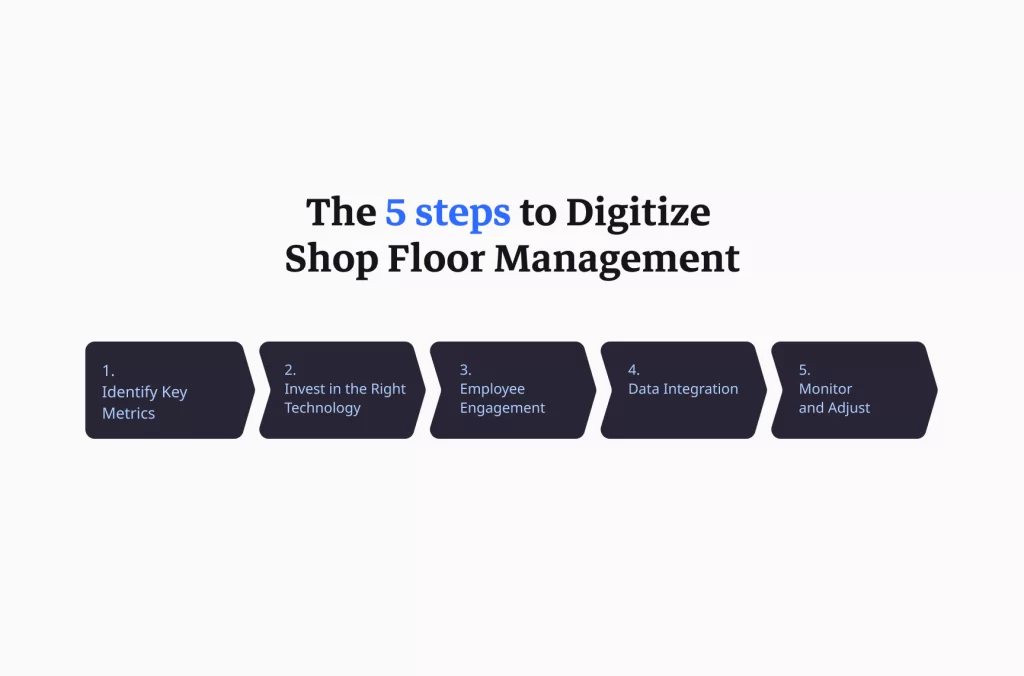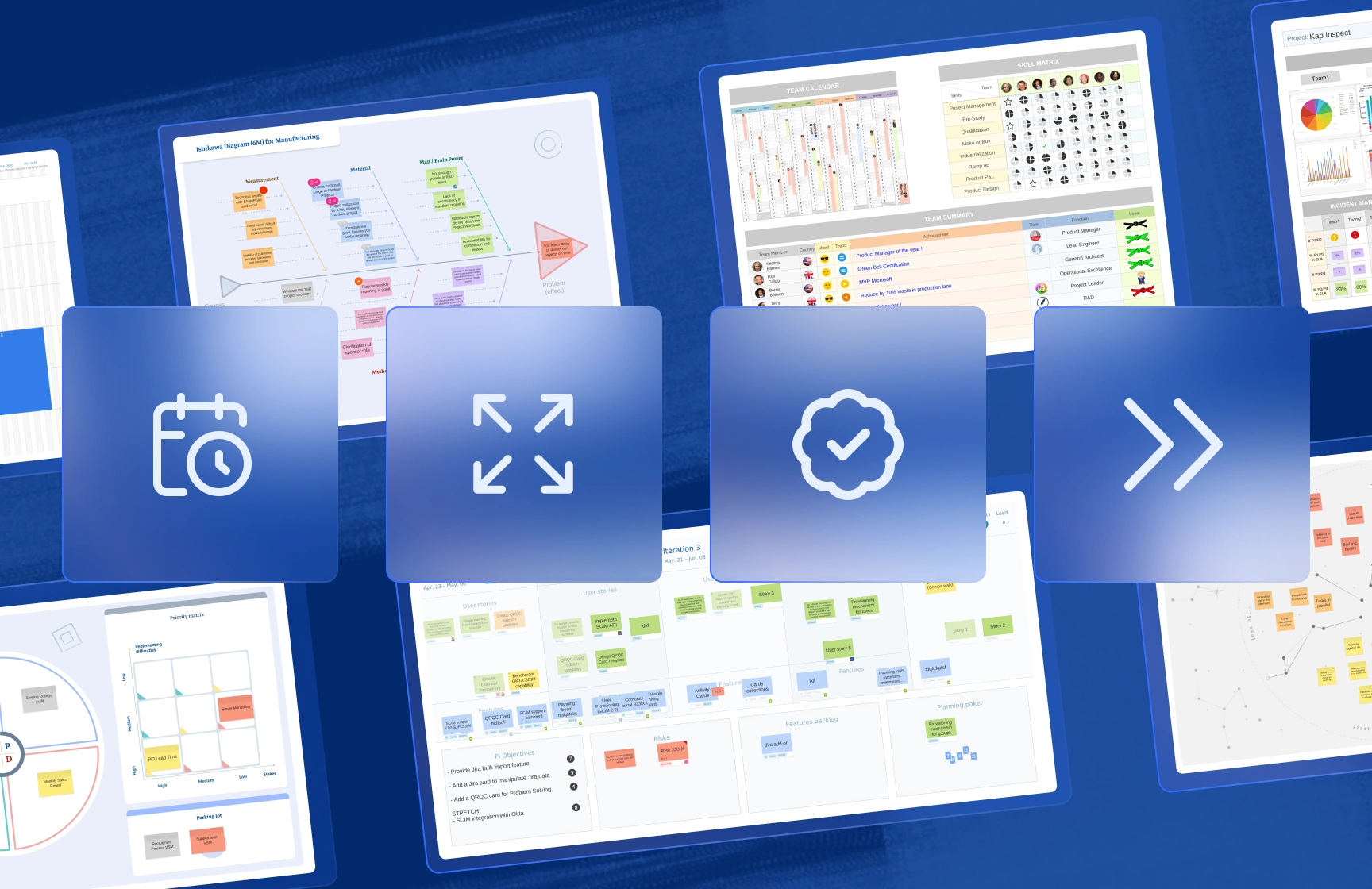Hey, let’s start your
iObeya journey!
At the heart of Lean Manufacturing lies the concept of Shop Floor Management, a strategic approach that focuses on real-time monitoring, problem-solving, and continuous improvement to drive operational excellence .
Perhaps you have already implemented some Lean Methodologies digitally like 5S, Kanban or Poka Yoke, but it has not quite made it to the front line yet. Your next step would be to begin leveraging digital process optimization approaches within the production environment as digitizing the entire shop floor management system has many benefits.
This blog post explores the transformative benefits of digitizing Shop Floor Management, and more importantly how to do so, illustrating how the right digital tools can propel businesses into a new era of productivity, quality, and competitiveness.
The Benefits of Digitizing Shop Floor Management
Digitization across a variety of industries has become a necessity for remaining competitive. Here are some of the benefits of digitizing your shop floor management.
-
Real-time Data Accessibility
Enhanced Visibility
Digitization provides transparency throughout the entire production process. You can monitor trends, analyze timelines and progress, and share the status of your production lines readily. Value Stream Mapping also helps in monitoring execution progress and deviation against expected results, enabling you to identify and manage bottlenecks more effectively.
-
Data-Driven Decision Making
With digital tools, you have access to metrics that facilitate data-driven decision-making . Decision-makers can inform their choices with insights derived from real-time data, which leads to more definitive actions to help drive improvement.
-
Reduced Downtime
Reducing downtime is one of the primary objectives of Lean Manufacturing. By digitizing Shop Floor Management, you can identify and address root causes to improve efficiency, thus minimizing this form of lean waste.
-
Streamlined Communication
Digitization breaks down silos within organizations. It connects globally dispersed teams and various levels of the organization, promoting a culture of shared responsibility. Communication becomes more efficient as it focuses on what is most important and needs immediate attention.
-
Efficient Resource Allocation
Digital tools help in optimizing resource allocation. With real-time data, you can allocate resources where they are needed most, ensuring efficient use of manpower and machinery.
Continuous Improvement
Digitizing Shop Floor Management aligns perfectly with the kaizen concept of improving processes continuously. By regularly analyzing real-time data, you can identify areas for improvement and implement changes in short order.
In traditional manufacturing setups, data collection and analysis often suffer from delays, leading to bottlenecks in decision-making. Digitizing Shop Floor Management allows for prompt data updates and visualization. You can easily escalate, track actions, and resolve issues to reduce lead time. Moreover, by aggregating data from multiple sources, you can efficiently identify areas for improvement. This leads to streamlining the communication of updates and information sharing with stakeholders, promoting organizational alignment and transparency.
How to Digitize Shopfloor Management in Line with Lean Principles
Now that we’ve seen the benefits of digitizing Shop Floor Management, let’s explore how you can start the journey towards digital transformation.
- Identify Key Metrics
Begin by identifying the key metrics that matter most to your production process. These can include both leading and lagging indicators that provide insights into your operations.
- Invest in the Right Technology
Choose a digital platform that can roll up or consolidate data from various sources, escalate issues or raise red flags, and provide real-time insights. The technology should align with your Lean principles and support your continuous improvement efforts.
- Employee Engagement and Training
Key stakeholders and leaders should be actively engaged in the digitization process. Their buy-in is essential for a successful transition. Involving team members at all levels of the organization, supplemented by training, aids in ensuring that everyone understands the new digital tools and their roles in the process.
- Data Integration
To reduce the need for manual data input and ensure accuracy, integrate your digital systems with existing databases and systems. This integration streamlines the data collection process and minimizes errors.
- Monitor and Adjust
Digitization is not a one-time project; it’s an ongoing process. Continuously monitor your digital systems, analyze the data, and adjust your processes based on the insights you gain. This follows the Lean PDCA (Plan-Do-Check-Act) or DMAIC (Define-Measure-Analyze-Improve-Control) cycles.
Boosting lean practices with the right digital tools can give your shop floor, and therefore your organization, the competitive edge it needs in the modern manufacturing era. By embracing Lean digitization, you can harness real-time data, enhance visibility, promote data-driven decision-making, reduce downtime, streamline communication, allocate resources efficiently, and achieve continuous improvement. Digitizing your SCQDP can be a great place to begin. The future of manufacturing is digital, and those who adapt will thrive in the era of efficiency and competitiveness.









